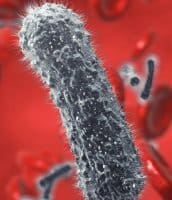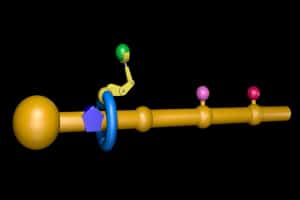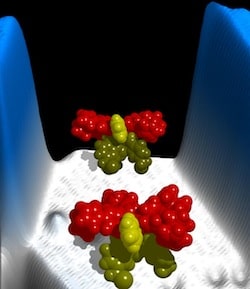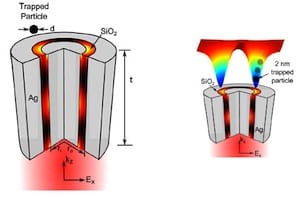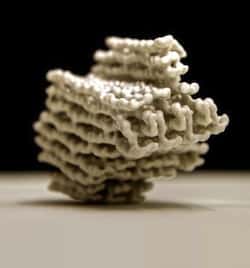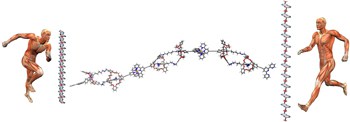In a 47-minute interview Christine Peterson discusses the future that science and technology is bringing over the next few decades, and how to get involved to push the future in a positive direction.
Christine Peterson on pushing the future in a positive direction


